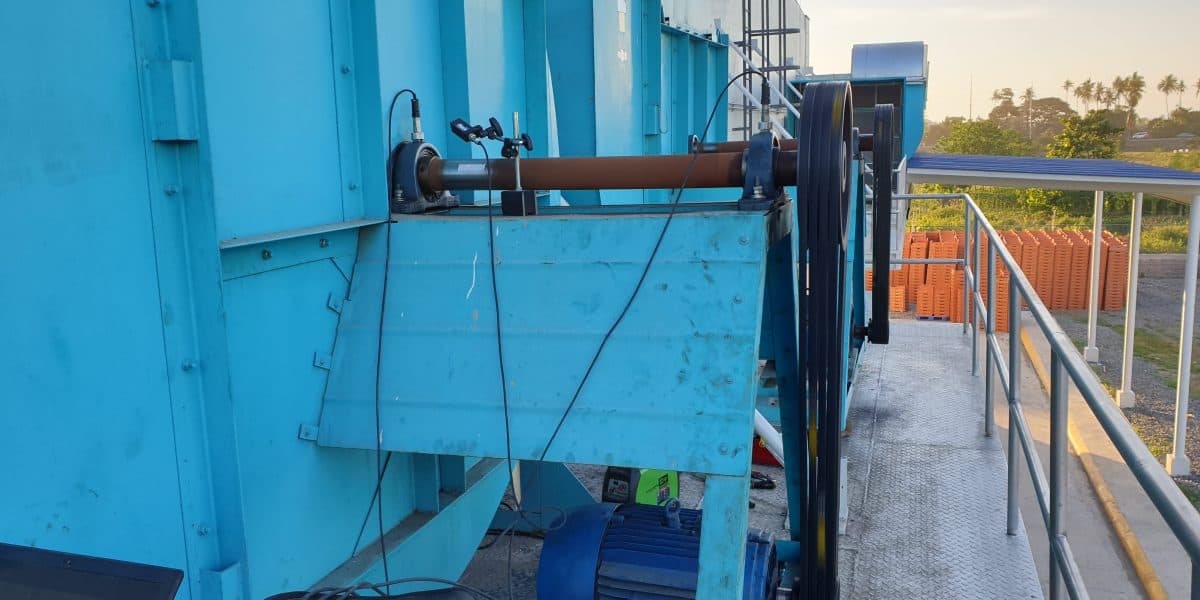Dynamic balancing is the practice of spinning an object at a high rate of speed and adjusting the balance or removing the vibration by subtracting or adding weight. This is the most common method of balancing a drive shaft, an engine crankshaft or an automobile tire. Once the object has been brought up to a predetermined speed, a computer reads the material that the dynamic balancing machine‘s on-board sensors provide. The recommended amount of weight to counter-balance a heavy or light spot is then added or removed from the item being balanced.
Dynamic balancing is preferred over static balancing in most high-performance situations due to its extreme accuracy. In most cases, the object can be perfectly balanced within one or two grams. Mallory metal, which is a very heavy metal as well as extremely expensive, is typically added to crankshafts in order to balance them. The Mallory metal is inserted into a pre-drilled hole and welded in place. Fine tuning is accomplished by drilling small holes in the crankshaft’s counter weights and removing small amounts of weight.
Static balance refers to the ability of a stationary on object to its balance. This happens when the objects center of gravity is on the axis of rotation. Whereas dynamic balance is the ability of an object to balance whilst in motion or when switching between positions.
For any form of balance to happen, the center of gravity must be aligned over the objects support base. The center of gravity refers to the part which is the center of an object weight. Balancing plays a very important part in machines. Balancing in machines helps to rotating bodies to avoid vibrations; vibration in machines can lead to failure. Common failure occurs in generators and heavy machinery, so undertaking in balancing can help to avoid machines from breaking down.
Balancing can also involves shifting the center of gravity towards the center of rotation. Dynamic balancing is when the rotating system doesn’t yield any other force or couple. Other than the force that is needed the system will rotate without the need for any additional external force or pressure to be applied.
Static balancing definition refers to the ability of a stationary object to its balance. This occurs when a center of gravity is on the axis of rotation. However, the dynamic balance definition is the ability of an object to balance whilst in motion or when switching between positions.
Undertaking in balancing whether it be static or dynamic can help to extend the service life, quality and accuracy of your machinery. Unbalanced parts can lead to your machine breaking down or worst of all catastrophic failure.
To know more about our product and services click here
Know more about this process

